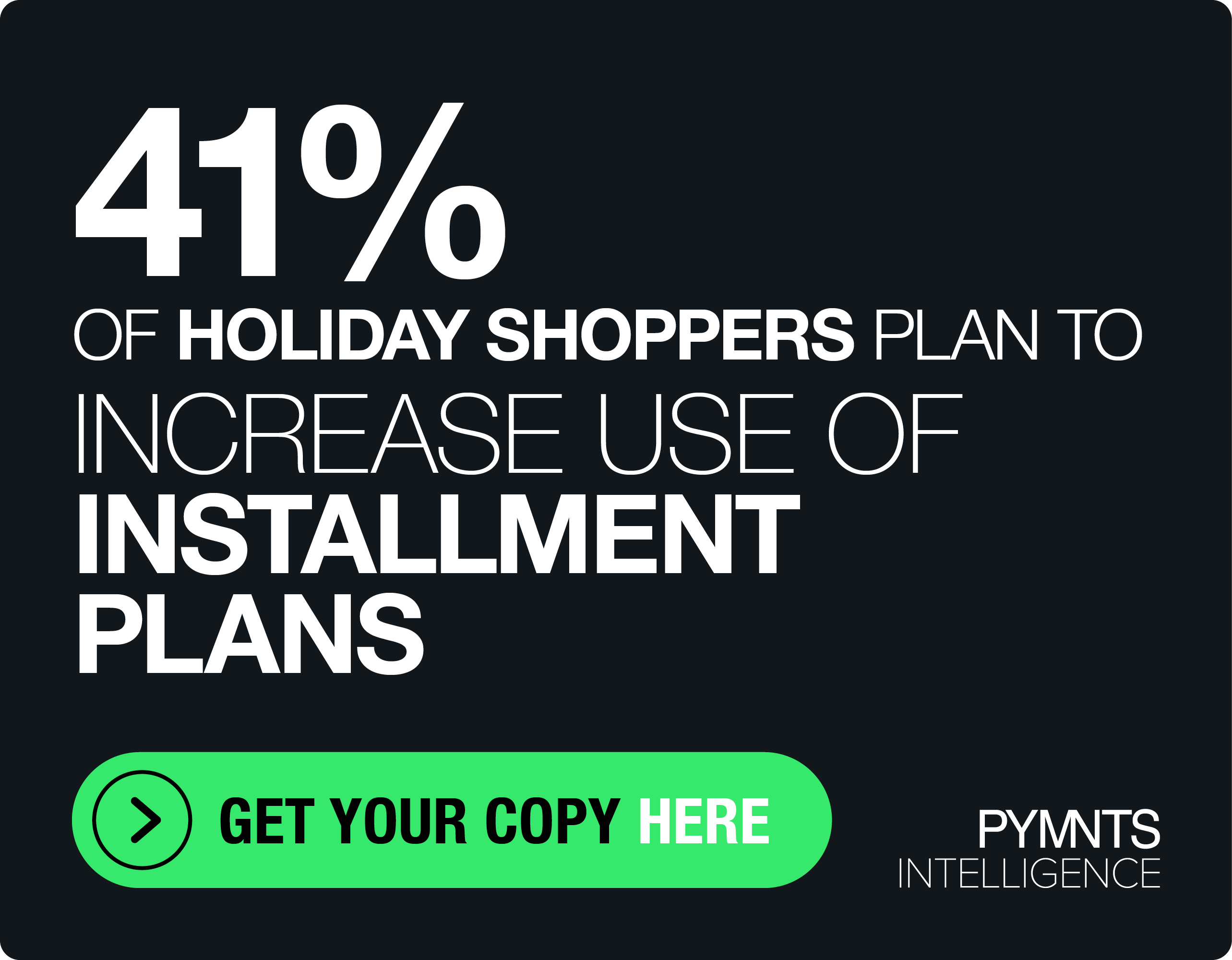Personalization Is Key To Email Marketing’s Boost On Holiday Shopping

Retail email offers aren’t as effective as they should be, according to a Monday (Nov. 27) article published by the Wall Street Journal, and personalization is key to turning that around.
“Nearly 90 percent of organizations say they are focused on personalizing customer experiences, yet only 40 percent of shoppers say that information they get from retailers is relevant to their tastes and interests,” said Brendan Witcher, a principal analyst at Forrester Research Inc. “The ugly truth is that most retailers haven’t done the unsexy work of understanding how to use the data.”
Most retailers have compiled data on their online shoppers, including demographic information and search history tied to their sessions. While that information is useful on a very basic level — providing brands with information about their target market and which products are hot commodities — it can also be used to boost email marketing during the holiday shopping season and beyond.
Adobe Systems Inc. predicted online retail spending would hit an all-time high of $6.6 billion this Cyber Monday, 17 percent higher than last year. Research from Yes Lifestyle Marketing shows that during the 2016 holiday shopping season, retailers sent 15 percent more email marketing to consumers, but consumers opened 15 percent fewer of the emails.
This is likely because emails are too general, pertaining to sales for coats when a consumer was looking for shoes.
“Ozzy Osbourne and Prince Charles are both British men in their late 60s, but they aren’t necessarily interested in buying the same things,” said Jason Grunberg, vice president of marketing for personalization technology company Sailthru.
Instead, retailers should be sending email marketing reminding consumers to revisit abandoned carts, alerting them when out-of-stock items come back in stock or prices are reduced, and recommending like items or a holiday discount, among other items.
Retailers can even target emails toward specific delivery times and based on consumers’ interactions with the content — including repeat emails for those who do not open them (with updated messaging) and additional offers for those who open and purchase.
“When we know you’re a kids’ [goods] shopper and we send you kids-focused emails, we see an 8 percent sales lift of kids merchandise,” said Greg Revelle, chief marketing officer at Kohl’s.
